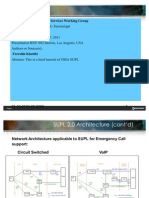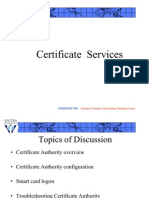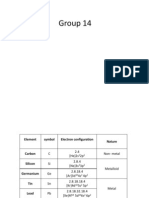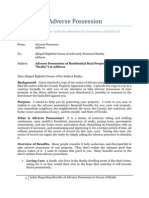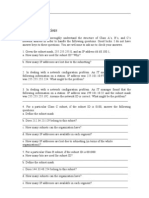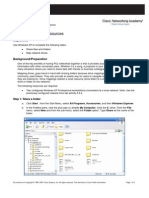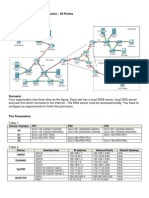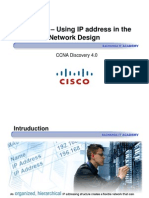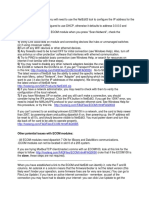0% found this document useful (0 votes)
175 views25 pagesChapter - 3 - Introduction To Dynamic Routing Protocols
Cisco Public Objectives describe the role of Dynamic Routing Protocols and place these protocols in the context of modern network design. Describe how metrics are used by routing protocols and identify the metric types used by Dynamic Routing Protocols. Identify the administrative distance of a route and describe its importance in the routing process.
Uploaded by
http://heiserz.com/Copyright
© Attribution Non-Commercial (BY-NC)
We take content rights seriously. If you suspect this is your content, claim it here.
Available Formats
Download as PPT, PDF, TXT or read online on Scribd
0% found this document useful (0 votes)
175 views25 pagesChapter - 3 - Introduction To Dynamic Routing Protocols
Cisco Public Objectives describe the role of Dynamic Routing Protocols and place these protocols in the context of modern network design. Describe how metrics are used by routing protocols and identify the metric types used by Dynamic Routing Protocols. Identify the administrative distance of a route and describe its importance in the routing process.
Uploaded by
http://heiserz.com/Copyright
© Attribution Non-Commercial (BY-NC)
We take content rights seriously. If you suspect this is your content, claim it here.
Available Formats
Download as PPT, PDF, TXT or read online on Scribd
/ 25




















